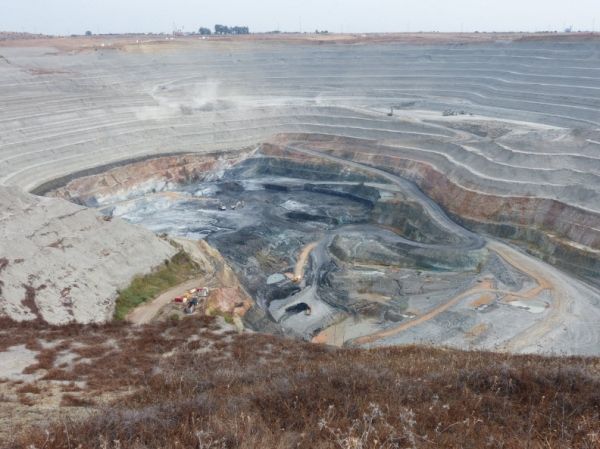One of the major issues when studying ore deposits formed in surficial or near-surface environments is the relationship between ore-forming processes and bacteria. At a first glance, these environments appear to be a preferred place for the growth of microbial ecosystems because they potentially have large amounts of nutrients. However, studies have been restricted because of the low likelihood of microbe fossilization and because biomarkers are not always definitive.
This contribution to Geology by Fernando Tornos and colleagues tries to solve the long-standing debate on the control of microbes on secondary sulfide formation. They predict that future multidisciplinary studies will prove that microbes have a key control on the precipitation of metals in these shallow environments.
Their case study is based on the unusual Las Cruces deposit in southwest Iberia, where a significant part of the high-grade copper ore occurs as thick, massive veins of copper sulfides. Tornos and colleagues have direct evidence that the mineralization is currently being formed there in relationship with active aquifers and in an area isolated from the surface by a thick layer of marl. Thus, the place is ideal for tracking for anaerobic microbes.
Read more at Geological Society of America
Photo: Las Cruces Mine, Spain. CREDIT: Fernando Tornos.


